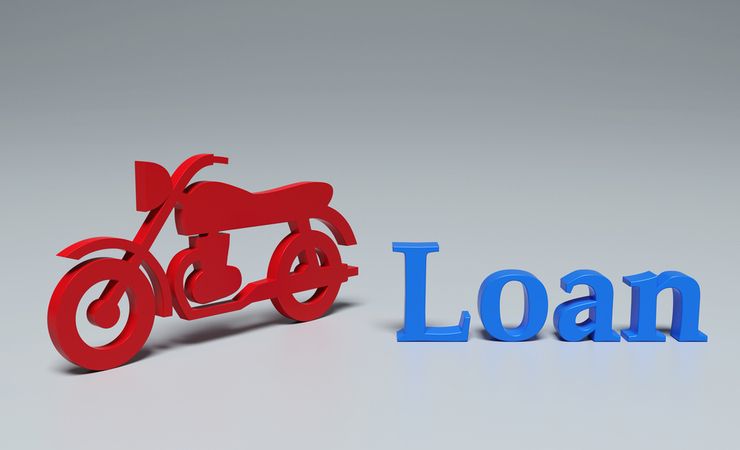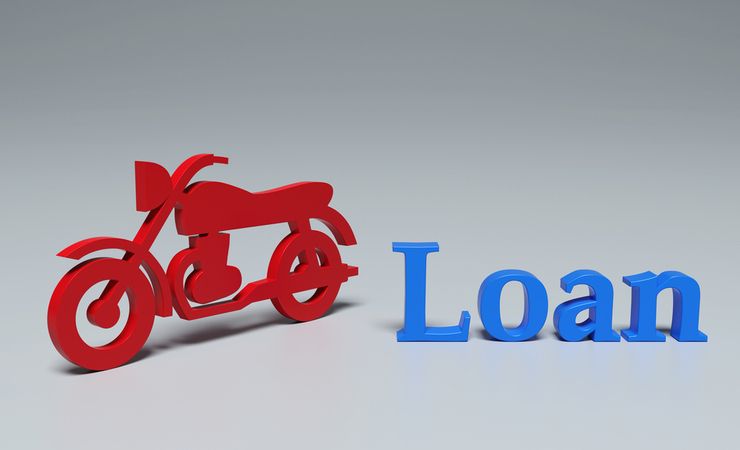Depreciation Calculator
Cost of Asset
Salvage Value
%
Duration (Years)
Years
Depreciation Method
Rate Depreciation
%
Depreciation per year
Calculation
| Year | Opening Value | Depreciation | Closing Value |
What is a Depreciation Calculator?
Depreciation is an accounting concept that allows you to calculate the amount of money that your assets could lose over a period of time. This can be useful if you want to determine the true value of your assets. A depreciation calculator is a tool used to calculate the depreciation that has occurred on an asset since it was purchased.
You can use the Navi Depreciation Calculator to determine how much money you could get back from your investment after depreciation in assets such as vehicles, machinery, or equipment.
How Does a Depreciation Calculator Work?
A depreciation calculator would take into account the asset cost, time of purchase, salvage value (estimated worth of asset at the end of its useful life), and depreciation year to estimate the total depreciation.
You can employ the straight-line method, declining balance method, or sum of the year’s digits to calculate your depreciation. Use Navi’s depreciation calculator to check the depreciation value in a quick and hassle-free manner.
Here’s how you can calculate depreciation on your assets
Select the depreciation method
Select the asset cost
Select the salvage value
Select the depreciation year
What is the Formula to Calculate Depreciation?
Depreciation can be calculated using several different methods.
1. Straight line depreciation method
Depreciation per year = Asset cost – Salvage value/Useful life
For example, assume that the total cost of buying a photocopy machine for your office was Rs 50,000. At the end of its useful life of 5 years, the asset’s salvage value was Rs 15,000. Then, the depreciation expense would be:
(Rs 50,000 – Rs 15,000) / 5 = Rs 7,000
Thus, the photocopy machine gets depreciated by Rs 7,000 each year of its useful life.
2. Declining balance method
Depreciation per year = Book value X Depreciation rate
For example, assume that the current book value of an asset bought for the company is Rs 10,000. It has a 10 year useful life, has a salvage value of Rs 1,000, and depreciates at 30% each year.
Thus, the asset would depreciate by Rs 2,700 in the first year, by Rs 1,890 in the second year and so on.
3. Sum of the year’s digit depreciation method
Depreciation = (Asset cost – Salvage value) X factor
1st year: factor = n/1+2+3+…n
2nd year: factor = n – 1 /1+2+3+…n
Calculating such manually could be tasking and may not give you accurate results. A better alternative would be to use the Navi Depreciation Calculator.
Advantages of Using the Navi Depreciation Calculator
User-friendly design
Navi’s depreciation calculator is easy to use and navigate
Quick and accurate results
Calculate the exact depreciation value in a matter of seconds
Helps you plan better
Helps you better manage your business expenses
Frequently asked questions
Other Calculators
- Personal Loan EMI Calculator
- Home Loan EMI Calculator
- Mutual Fund Calculator
- SIP Calculator
- PF/EPF Calculator
- PPF Calculator
- Fixed Deposit (FD) Calculator
- Recurring Deposit (RD) Calculator
- Lumpsum Calculator
- NPS Calculator
- SWP Calculator
- Simple Interest Calculator
- Compound Interest Calculator
- Car Loan EMI Calculator
- Bike loan EMI Calculator
- Gratuity Calculator
- ROI Calculator
- HRA Calculator
- NSC Calculator
- CAGR Calculator
- APY Calculator
- SSY Calculator
- Post Office Income Calculator
- NPV Calculator
Blogs

Mar 28
Two Wheeler Loans In India: Eligibility, Documents Needed & Benefits
Want to buy a two-wheeler? Here's how to apply for instant two wheeler loan at low interest rates, documents needed & dos & don'ts. Read now!

Feb 11
How To Apply For Two Wheeler Loan For Ladies: Features, Benefits, Eligibility
Wanting a scooter loan for ladies? Navi provides two wheeler loan upto 5 lacs at low-interest rates. Apply for a bike loan for women & get approval in 20 minutes at Navi!

Jan 22
Second Hand Bike Loan: Get Instant Used Two-Wheeler Loan
Looking for a second hand bike loan? Check eligibility, benefits & documents needed for a used two-wheeler loan at a low-cost EMI.

Mar 28
Two Wheeler Loans In India: Eligibility, Documents Needed & Benefits
Want to buy a two-wheeler? Here's how to apply for instant two wheeler loan at low interest rates, documents needed & dos & don'ts. Read now!

Feb 11
How To Apply For Two Wheeler Loan For Ladies: Features, Benefits, Eligibility
Wanting a scooter loan for ladies? Navi provides two wheeler loan upto 5 lacs at low-interest rates. Apply for a bike loan for women & get approval in 20 minutes at Navi!

Jan 22
Second Hand Bike Loan: Get Instant Used Two-Wheeler Loan
Looking for a second hand bike loan? Check eligibility, benefits & documents needed for a used two-wheeler loan at a low-cost EMI.